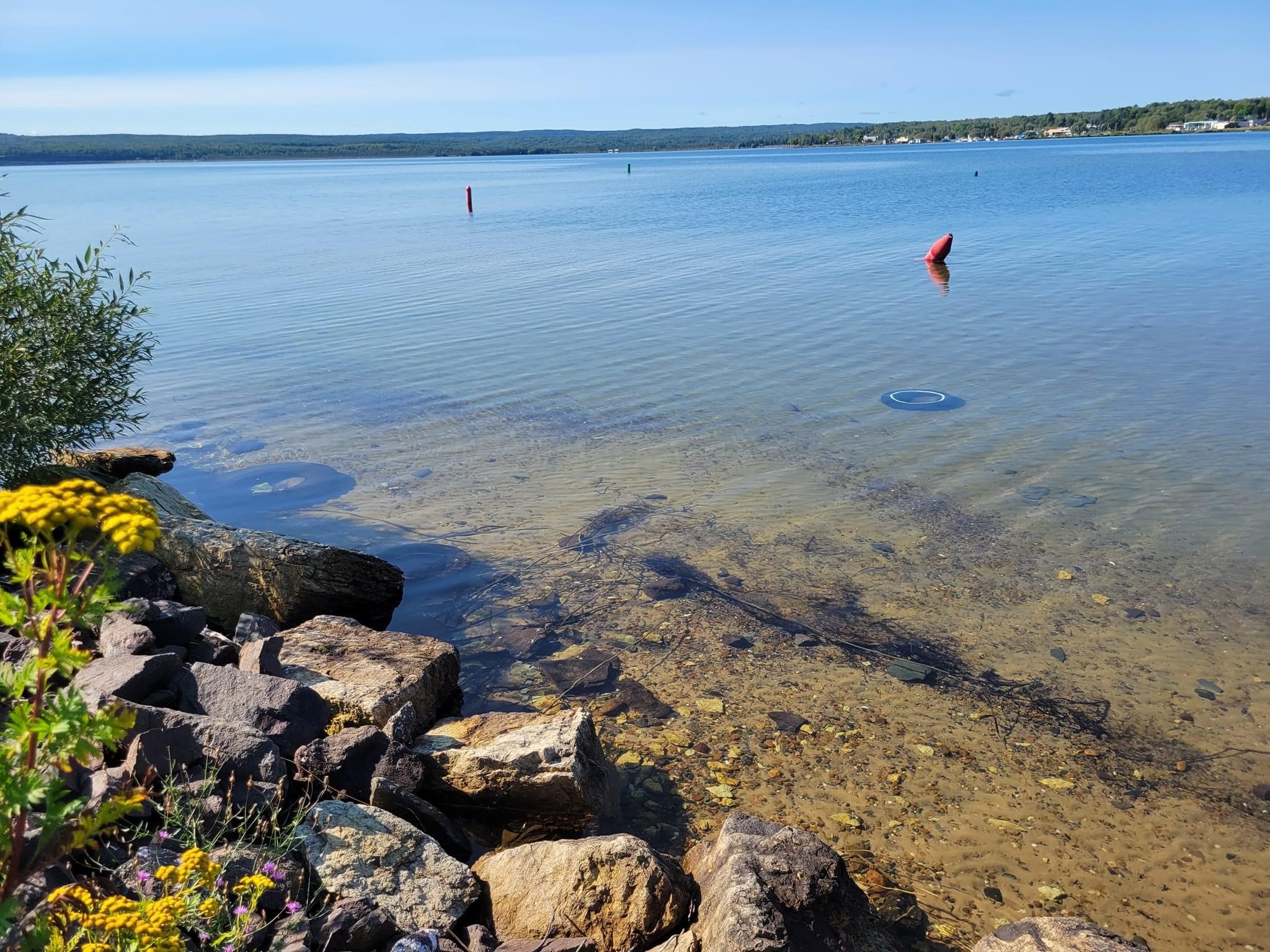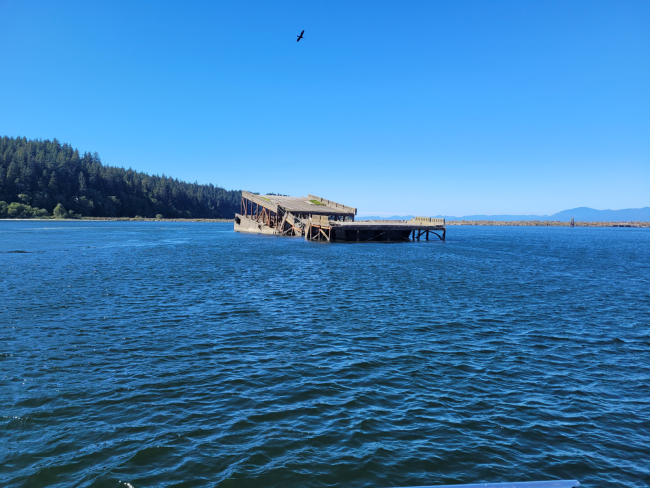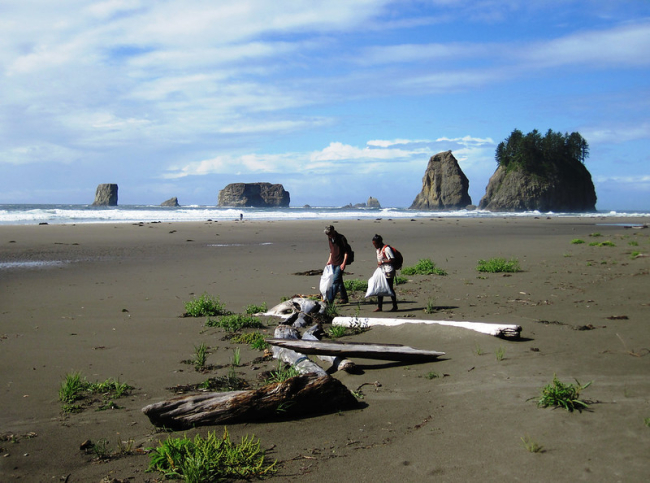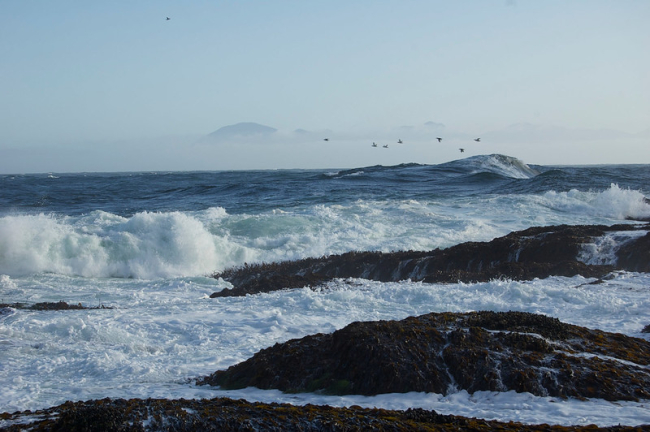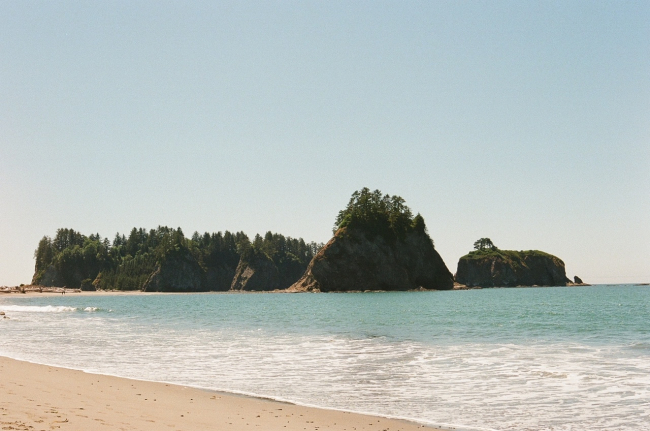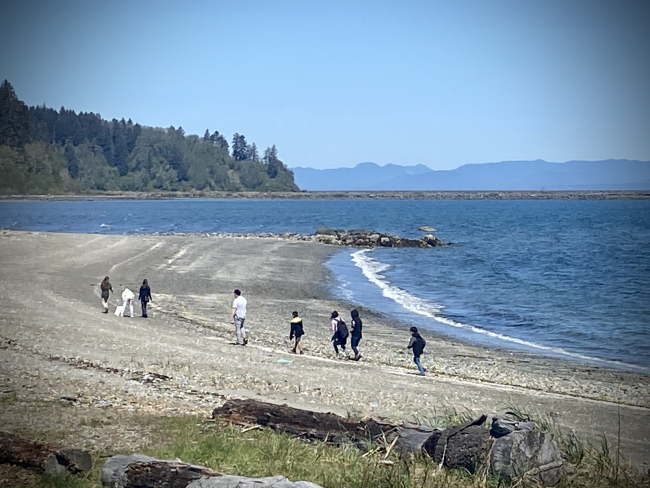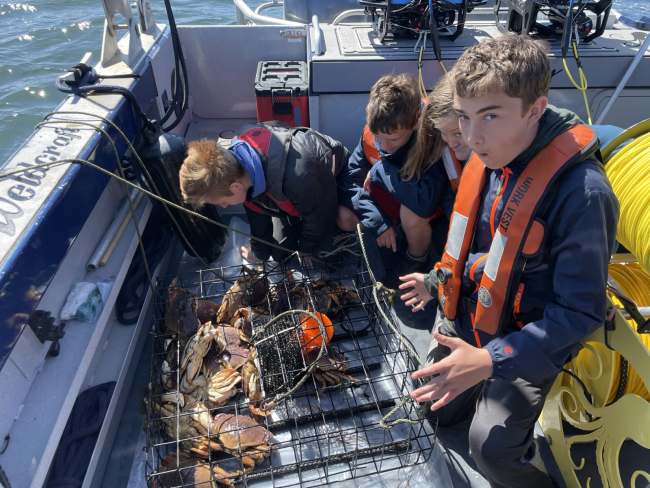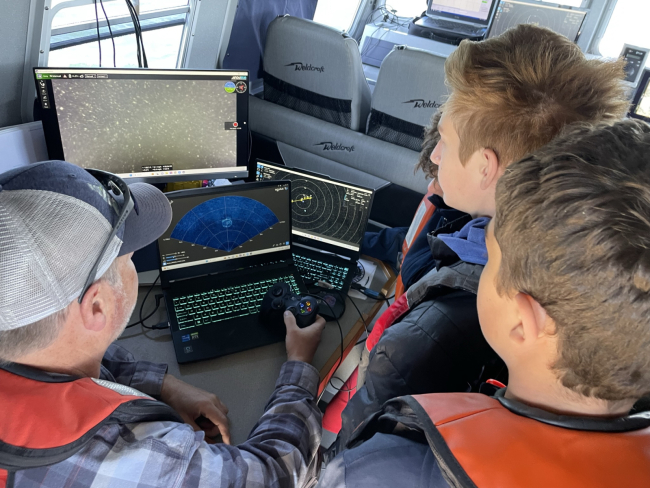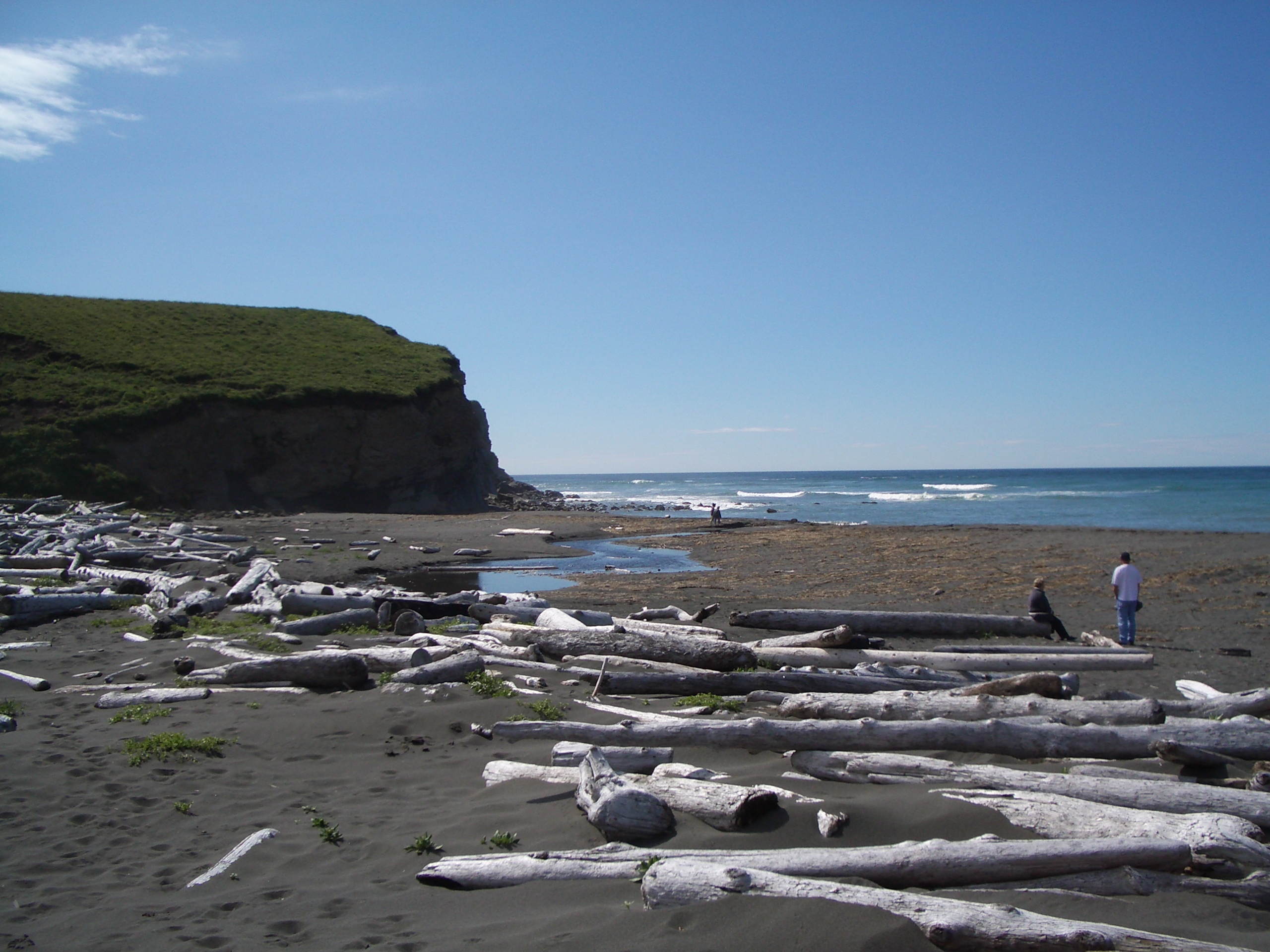
The NOAA Marine Debris Program is proud to collaborate with multiple tribal partners in efforts to remove marine debris from our waterways and empower the communities that work to reduce the impacts of marine debris on our shores. Through our grant programs, regional action plans, and community-building efforts, NOAA’s Marine Debris Program strives to bring together the many groups that tirelessly work to reduce the impacts of marine debris. In celebration of our rich ancestral heritage, this month we are highlighting some active projects that work with or are led by native communities. Learn more about each of the projects and the impacts of marine debris on native communities!
The Aleut Community and Douglas Indian Association in Alaska
Supported with funding from the NOAA Marine Debris Program through the Bipartisan Infrastructure Law, the University of Alaska Fairbanks is working with partners to establish a Center for Marine Debris in Kodiak, Alaska. This center is a collaborative effort to serve the emergent needs of the marine debris community across the state, including debris collection, monitoring, analysis, transport, and disposal. As part of this project, the Aleut Community of St. Paul Island will conduct sonar surveys to identify and quantify legacy derelict crab pots. In Juneau, the Douglas Indian Association will tag and remove derelict crab pots from Gastineau Channel. The Ocean Plastics Recovery Project will also be leading large-scale marine debris removal efforts on the high energy shorelines of Kayak Island.
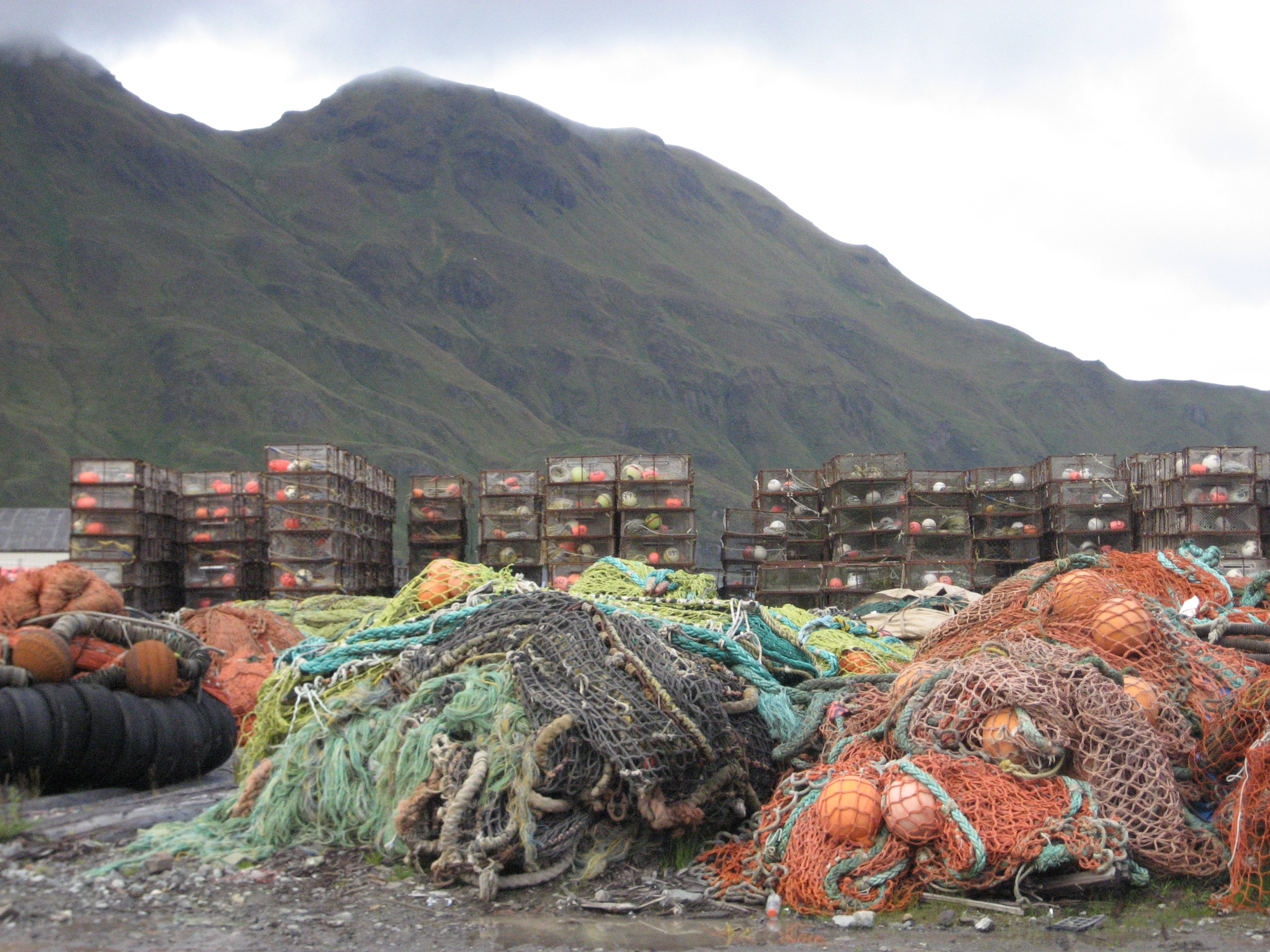
Many communities in Alaska rely on the ocean for their livelihood, transportation, food and other resources. This project supports groups in identifying and implementing optimal marine debris removal and disposal approaches to protect and preserve culturally and commercially important resources.
Read more about debris removal and capacity building through a regional center for marine debris in Alaska.
The Makah Tribe in Washington
The National Marine Sanctuary Foundation received almost $15 million in funding through the Bipartisan Infrastructure Law from the NOAA Marine Debris Program to remove large-scale debris from five national marine sanctuaries across three states. These large removal projects will occur in the Olympic Coast, Channel Islands, Greater Farallones, Monterey Bay, and Flower Garden Banks National Marine Sanctuaries. In Washington, the National Marine Sanctuary Foundation is partnering with the Makah Tribe. An economically and culturally important part of Makah Tribal lands includes Neah Bay, Washington, and work for this project is being completed within the Olympic Coast National Marine Sanctuary. In Neah Bay, the Makah Tribe and National Marine Sanctuary Foundation will remove the I-90 floating bridge that sank in the 1990s after being towed into the Bay. The Makah tribe was previously funded for the removal of three sunken vessels and derelict crab pots. Through their continued work, the Makah Tribe has helped to clean up an ecologically important protected marine sanctuary. Removal of large scale marine debris will restore, protect, conserve, and enhance the National Marine Sanctuaries that this tribal community calls home.
The Yakutat Tlingit Tribe in Alaska
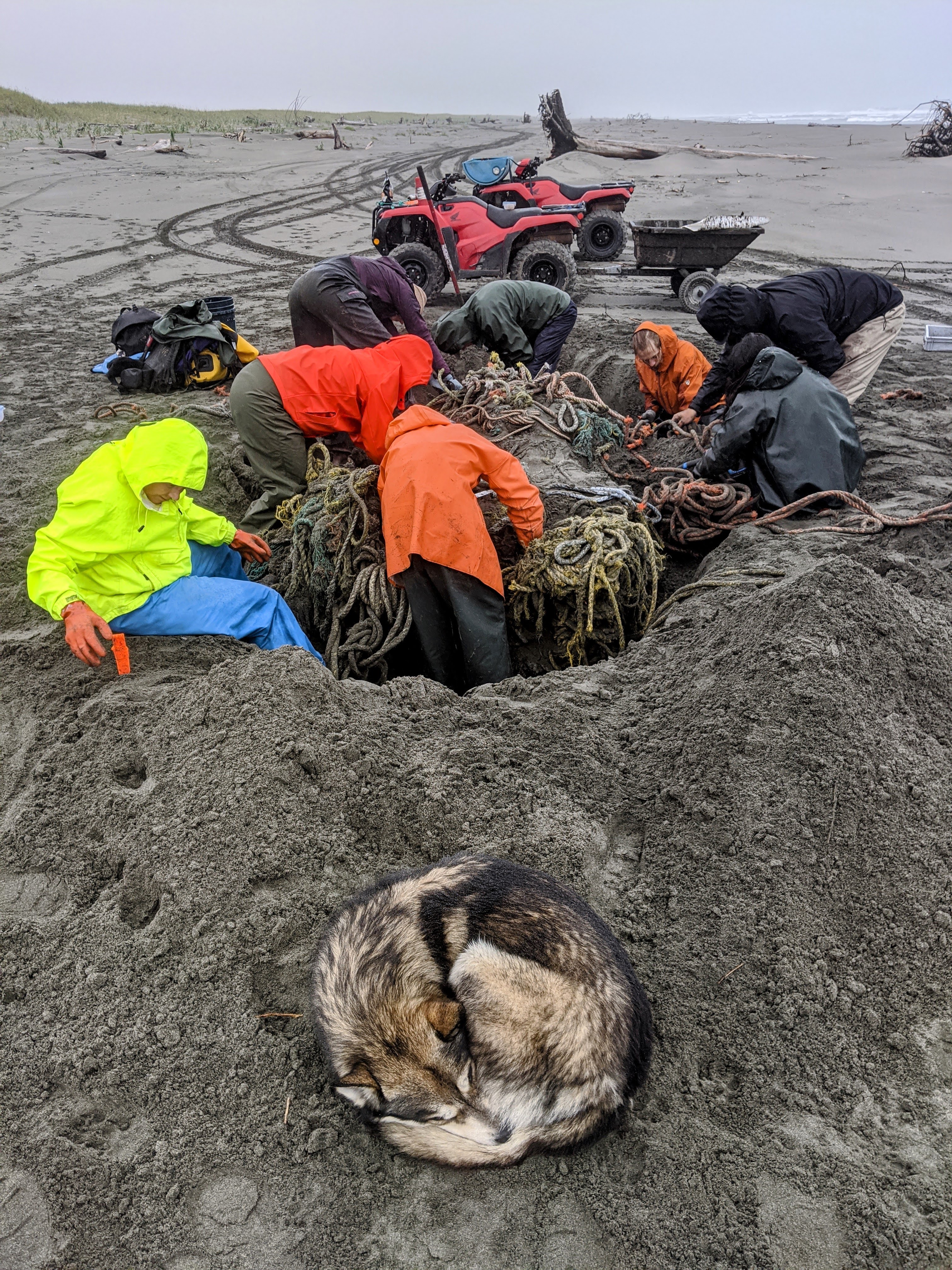
The City of Yakutat is the farthest north community in Southeast Alaska and is home to a significant Alaskan native population. Historically, the expansive shoreline was a significant connection to trade routes for the Tlingit and Athabascan peoples. This shoreline is still a crucial part of their maritime livelihood. With support from the NOAA Marine Debris Program and in collaboration with multiple partners led by the City and Borough of Yakutat, including the Yakutat Tlingit Tribe, this project removed marine debris from over fifty miles of shoreline. The debris was sorted, categorized, and weighed in Yakutat to better understand the composition and patterns common to that region. This work also prioritized the reuse and recycling of items wherever possible and built local awareness of litter and removal efforts.
Read more about marine debris prevention and removal in Yakutat, Alaska.
The Swinomish Indian Tribal Community in Washington
In Puget Sound and in the bays along the Strait of Juan de Fuca, commercial and recreational crab fishing is a popular and economically important activity. However, derelict crab pots pose a threat as they continue to capture and kill crabs and other marine animals in a process known as ghost fishing. In Simlik Bay, Washington, the Swinomish Indian Tribal Community is working together with the Natural Resources Consultants, Inc., with support from the NOAA Marine Debris Program, to remove derelict fishing gear. Side scan sonar surveys were conducted to locate the debris, while Tribal SCUBA divers and vessels were utilized to retrieve the debris. The Swinomish Tribal Community are the “People of the Salmon,” as their culture is closely connected to the water and marine resources. This project works with stakeholders to protect these resources by recycling derelict fishing gear, preventing gear loss and marine debris accumulation, and expanding outreach and education efforts to the wider community.
Read more about the Swinomish marine debris removal project.
The Hoh, Makah, Quileute, and Quinault Tribes on the Salish Sea
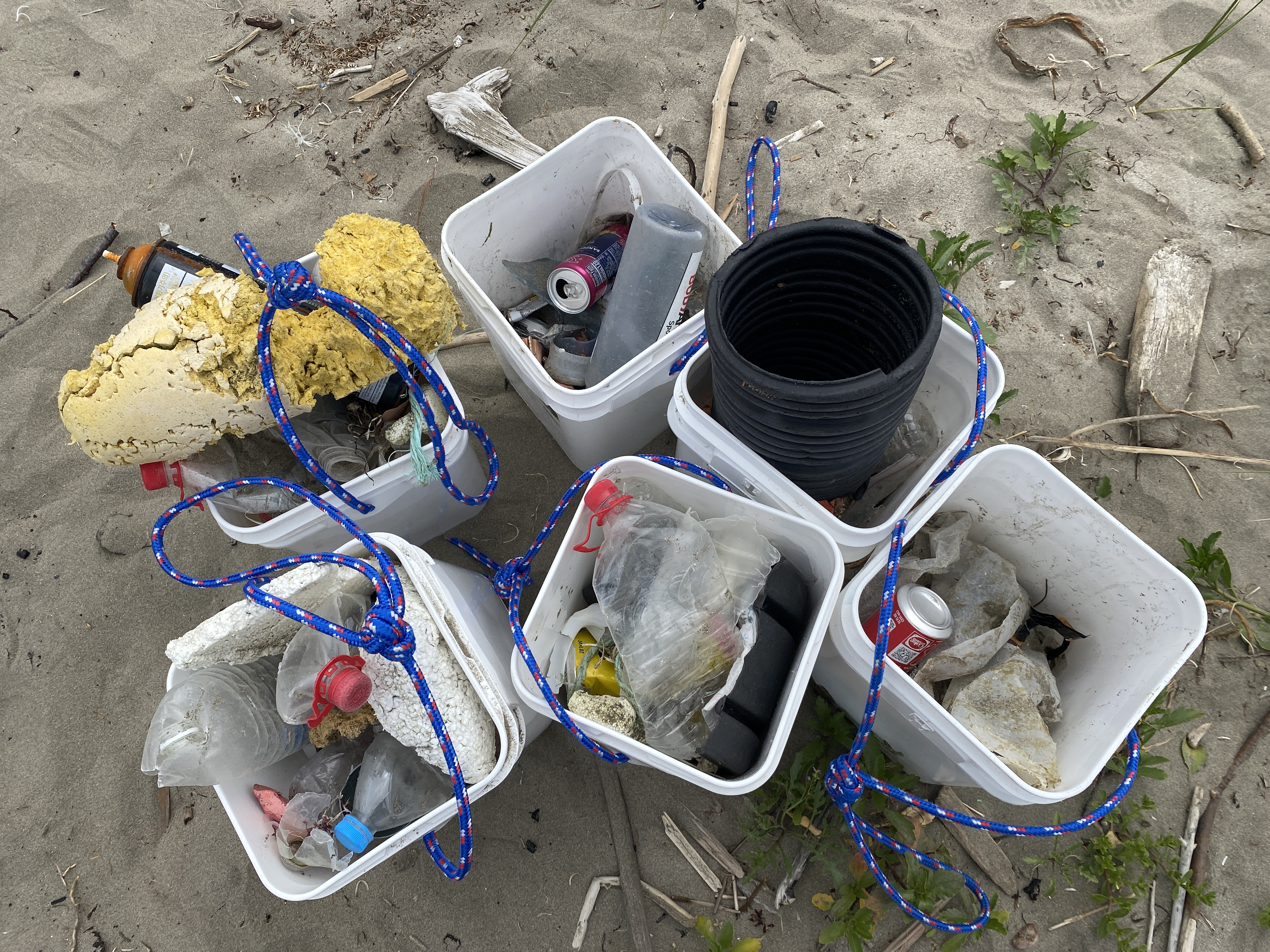
The Salish Sea is a unique region with marine resources shared by tribal communities across the Canadian-American border. The NOAA Marine Debris Program is partnering with the National Marine Sanctuary Foundation, Washington CoastSavers, and Net Your Problem to strengthen removal activities in remote areas along Washington’s coastline. This project focuses on six cleanups on the outer coast of Washington state involving existing volunteer programs with the Hoh Tribe, Makah Tribe, Quileute Tribe, and Quinault Tribe. Partners are focusing baseline efforts on removing commonly found yellow aquaculture rope and will also collaborate with the shellfish industry to find new solutions. In addition to their removal work, the partners have been working with students in the Neah Bay area to educate them on the impacts of marine debris. Neah Bay Middle and High Schools serve the tribal community, in addition to the rest of the area’s population. With these students, Washington CoastSavers conducted an experiential learning beach excursion called the School Without Walls Beach Cleanup. Students learned the difference between shoreline and marine debris in addition to their impacts on Washington’s shorelines.
The livelihood of these neighboring tribal communities is primarily fishing and hunting these abundant tidelands. By removing marine debris from the shorelines and educating their local students, this project ensures the preservation of food and trading goods for future generations.
Read more about Salish synergy: cross-border debris removal and recycling.
The Jamestown S’Klallam Tribe in Washington
In the community of Port Townsend, Washington, derelict crab traps pose a threat to wildlife, in particular the Dungeness crab population. With funding from the NOAA Marine Debris Program, the Innerspace Exploration Team is partnering with the Jamestown S’Klallam Tribe, Clallam and Jefferson County Marine Resources Committees, and the Fiero Marine Science Center to identify and remove derelict crab pots. S’Klallam, Salish for “The Strong People”, have been hunting and fishing in their Usual and Accustomed Waters of Discovery and Sequim Bay for generations. This project partnership surveys both of the bays using sidescan sonar to detect and remove derelict crab traps. To date, 116 derelict crab traps have been removed and a database of the information collected has been established to further community education.
Read more about how the S’Klallam Jamestown Tribe is partnering on derelict fishing gear removal efforts in Washington.
The Bay Mills Indian Community and Keweenaw Bay Indian Community in Michigan
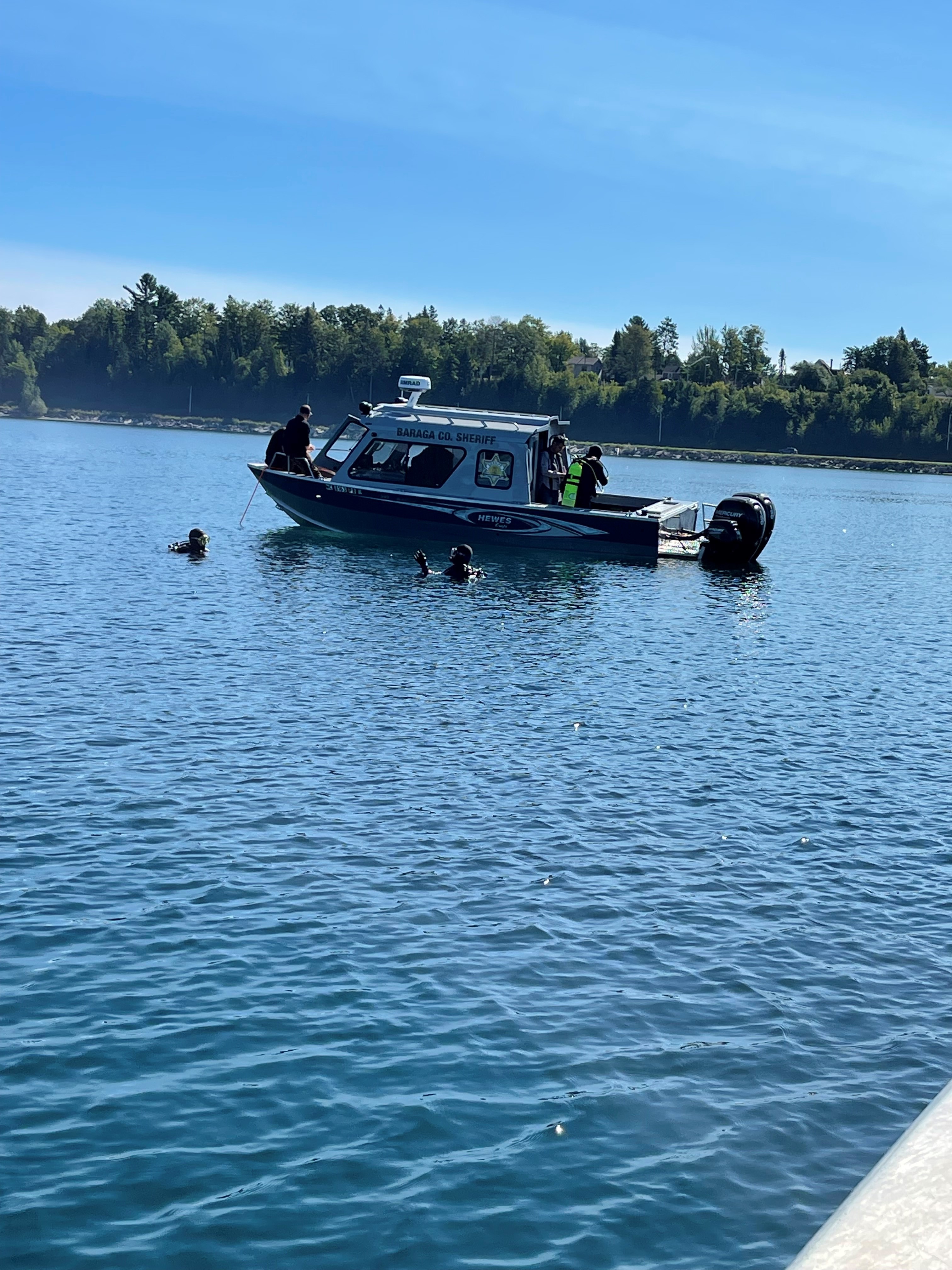
The Upper Peninsula of Michigan is a unique freshwater haven that is home to the Bay Mills Indian Community and Keweenaw Bay Indian Community. The Ojibwe word for Lake Superior, "Gichigami,” translates to large lake or sea. In addition to being the largest of the five Great Lakes and the second largest lake in the world by surface area, Lake Superior is an important resource for both communities’ livelihoods, including the Keweenaw fish hatchery. In efforts to reduce marine debris along the Lake Superior shoreline with funding from the NOAA Marine Debris Program, the Superior Watershed Partnership has partnered with these two tribal communities, the Great Lakes Climate Corps, the Lake Superior Volunteer Corps, and Earthkeepers faith-based volunteers to implement impactful clean-up events. During these events, tires and other large debris were removed from the waters surrounding L’Anse and Baraga by volunteer divers and onshore helpers.
This clean-up effort was successful due to the collaboration between the Keweenaw Bay Indian Community, Baraga County and Village, and L’Anse Village. Crews have also worked in the coastal wetland areas to recover additional debris. The goal of this project is to remove five tons of marine debris and use educational messaging to reach 70% of the Upper Peninsula’s population. Additional clean-up events are planned for 2024.
Read more about the marine debris and outreach in Michigan’s Upper Peninsula.
